Drag racing captivates motorsport enthusiasts with its high-speed thrills, and one of the most intriguing elements is the way tires wrinkle during a launch. This phenomenon is more than just a fascinating visual; it plays a critical role in enhancing the vehicle’s performance. Delving into the reasons behind tire wrinkling offers a deeper understanding of the science and engineering that power drag racing.
The Science Behind Tire Wrinkling
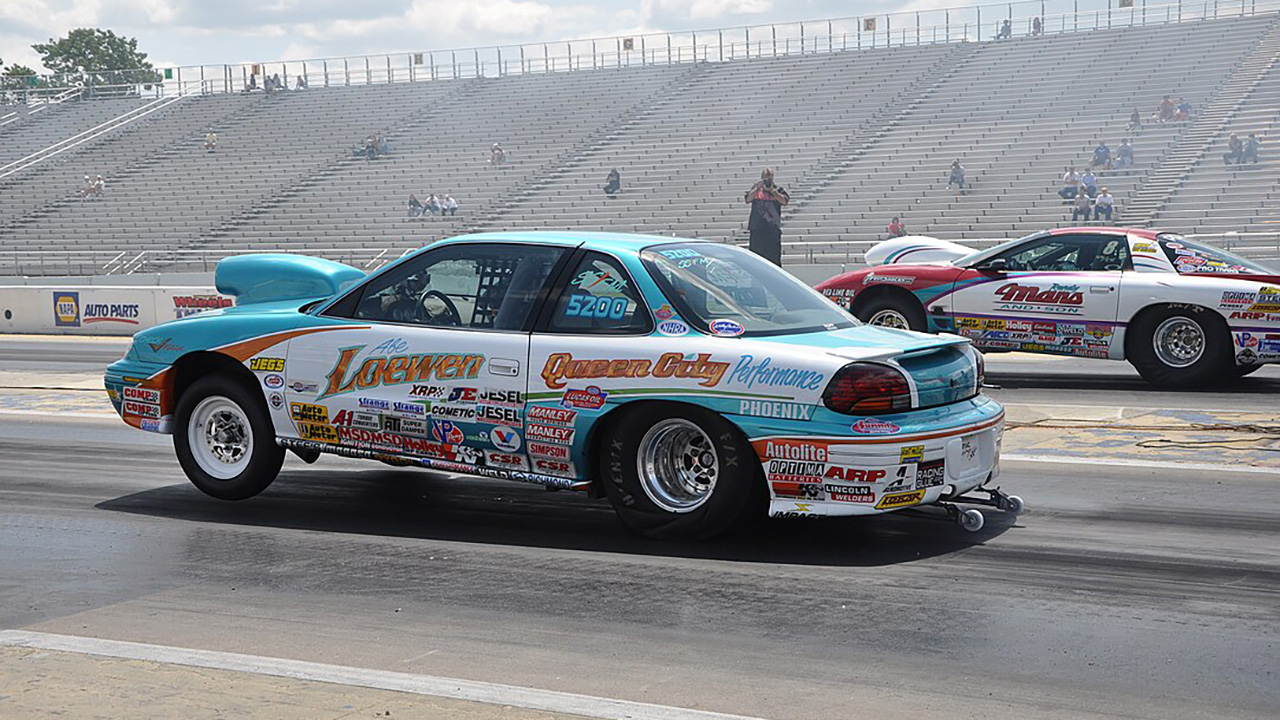
Tire Composition and Structure
Drag racing tires, often referred to as “slicks,” are designed uniquely to withstand and capitalize on extreme forces. Unlike regular road tires, these tires are made of a soft, flexible rubber compound that allows them to deform under pressure. This flexibility is crucial because it enables the tires to absorb and dissipate the tremendous energy produced during a launch. The sidewalls of drag racing tires are particularly crucial in this setup. Their design allows them to flex significantly, which is a key factor in the wrinkling observed during a powerful launch.
The sidewall’s ability to wrinkle stems from its construction, which is engineered to maximize surface area contact with the track. This contact is essential for achieving optimal traction, a necessity when dealing with the significant forces involved in drag racing. The tires’ structure is a testament to the intricate balance between flexibility and strength, enabling them to perform effectively under extreme conditions.
Physics of Acceleration
At the heart of tire wrinkling is the physics of acceleration. When a drag car launches, it experiences a sudden and immense transfer of energy from the engine to the tires. The sheer force exerted causes the tires to momentarily deform, creating the wrinkling effect. This deformation is not just for show; it plays a crucial role in maximizing the tire’s grip on the track. By increasing the contact patch, the tires can better transfer the engine’s power to the ground, reducing wheel spin and enhancing acceleration.
Tire wrinkling is a direct manifestation of the laws of physics at work. According to Newton’s Third Law, every action has an equal and opposite reaction. In this case, the action of the engine’s power is met with the reaction of the tire’s deformation, which helps propel the vehicle forward. This delicate dance between force and traction is what allows drag racers to achieve incredible speeds in such short distances.
Role in Performance Optimization

Energy Absorption and Traction
The wrinkling of drag racing tires is not a flaw but a feature that enhances performance. By absorbing energy, the tires help to smooth out the transition of power from the engine to the track. This energy absorption is critical in maintaining traction, as it prevents the tires from slipping or spinning out of control during a launch. The wrinkles act as a buffer, allowing the tires to maintain their grip and keep the car moving forward efficiently.
Achieving the right balance between tire grip and vehicle control is a delicate process. Too little grip can lead to wheel spin, while too much can cause the car to bog down and lose speed. Teams work tirelessly to fine-tune this balance, using tire wrinkling as a key indicator of optimal performance. It’s a constant challenge to ensure that the tires wrinkle just enough to maximize traction without sacrificing control.
Impact on Reaction and 60-Foot Times
The first 60 feet of a drag race are crucial, often determining the outcome. Tire wrinkling plays a pivotal role in this phase by enhancing traction and reducing reaction times. As the tires wrinkle and grip the track, they allow the car to launch more aggressively, shaving precious milliseconds off the clock. This improvement in reaction and 60-foot times is a key factor in achieving faster overall race times.
Teams employ various strategies to optimize tire wrinkle characteristics. Adjusting tire pressure and suspension settings can have a significant impact on how the tires behave during a launch. By fine-tuning these elements, teams can ensure that their cars are set up to take full advantage of the tire’s wrinkling properties, maximizing performance from the very start of the race.
Engineering and Design Innovations
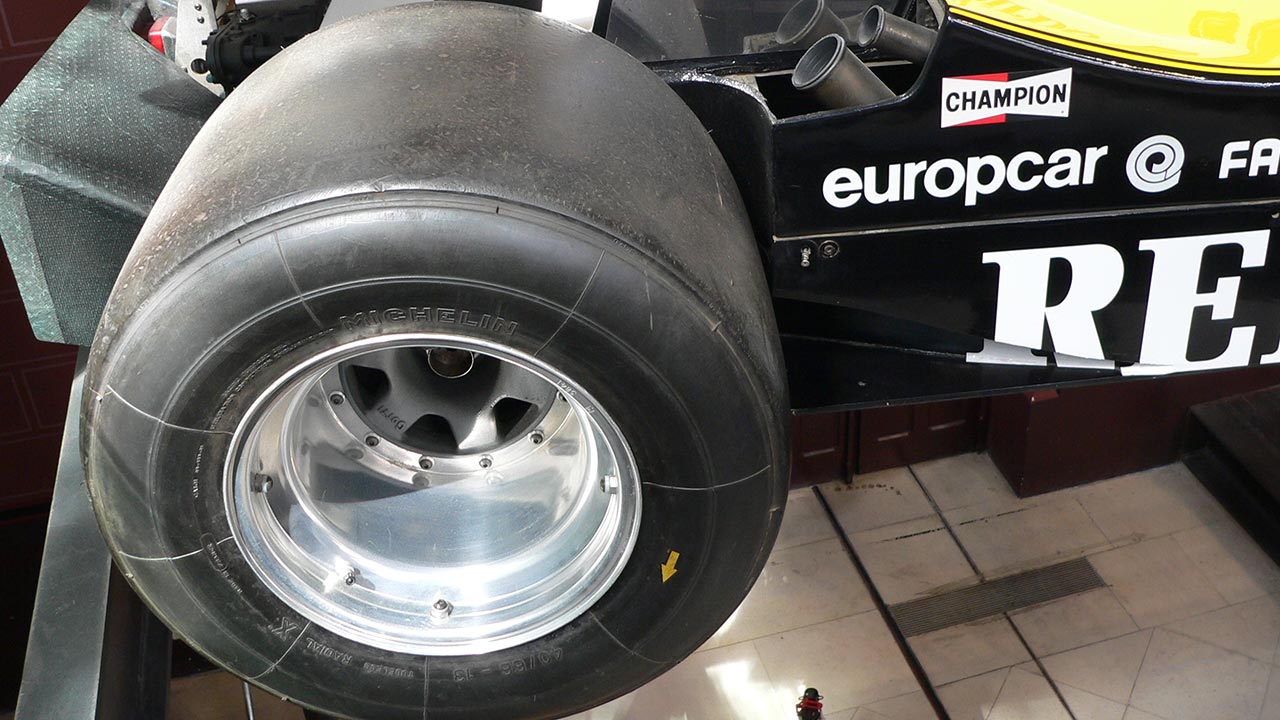
Tire Development and Testing
The evolution of drag racing tires is a testament to the ongoing pursuit of performance and reliability. Manufacturers invest heavily in research and development to create tires that wrinkle predictably and effectively. These efforts involve extensive testing, often using cutting-edge technology to simulate race conditions and analyze tire behavior. Advances in materials and construction techniques have led to significant improvements in tire performance, allowing teams to push the limits of what is possible on the track.
For instance, the development of specialized rubber compounds and innovative sidewall designs has been crucial in enhancing tire performance. These advances enable the tires to withstand greater forces, ensuring that they wrinkle in a controlled manner during a launch. The result is a more consistent and reliable performance, giving teams the confidence to push their vehicles to the limit.
Customization for Different Classes
Drag racing is a diverse sport, with various classes of cars competing in different categories. Each class requires specific tire designs to achieve the desired wrinkling effect. For example, Top Fuel dragsters and Funny Cars demand tires that can handle extreme power outputs, while Pro Stock cars may require a more balanced approach to optimize traction and control. Understanding these differences is crucial for teams looking to tailor their tire setups for maximum performance.
Customization extends beyond tire design to include adjustments in tire pressure and suspension settings. Teams experiment with these variables to find the perfect combination that will enhance tire wrinkling and, consequently, performance. This level of customization ensures that each car is equipped to tackle the unique challenges of its respective class, providing a competitive edge on race day.
Common Misconceptions and Challenges

Myths About Tire Wrinkling
Despite its importance, tire wrinkling is often misunderstood. One common misconception is that any tire deformation is detrimental to performance. In reality, beneficial wrinkling enhances traction, while detrimental deformation can lead to tire failure. Understanding the difference is crucial for teams looking to optimize their setups for peak performance.
Another myth is that tire wrinkling is solely a visual spectacle without any real impact on performance. This couldn’t be further from the truth. Tire wrinkling is a critical component of a drag car’s launch strategy, directly influencing traction and acceleration. By debunking these myths, teams can better appreciate the role of tire wrinkling in achieving success on the track.
Challenges in Tire Management
Managing tire wear and consistency is a significant challenge for drag racing teams. The intense forces exerted during a race can cause tires to wear rapidly, affecting their ability to wrinkle effectively. This wear can lead to inconsistent performance, making it difficult for teams to maintain optimal traction throughout a race.
Environmental factors, such as track temperature and surface conditions, also play a role in tire wrinkle behavior. Teams must account for these variables when setting up their cars, as they can significantly impact tire performance. By understanding and addressing these challenges, teams can better manage tire wear and ensure consistent performance in varying conditions.
Future Trends in Drag Racing Tires
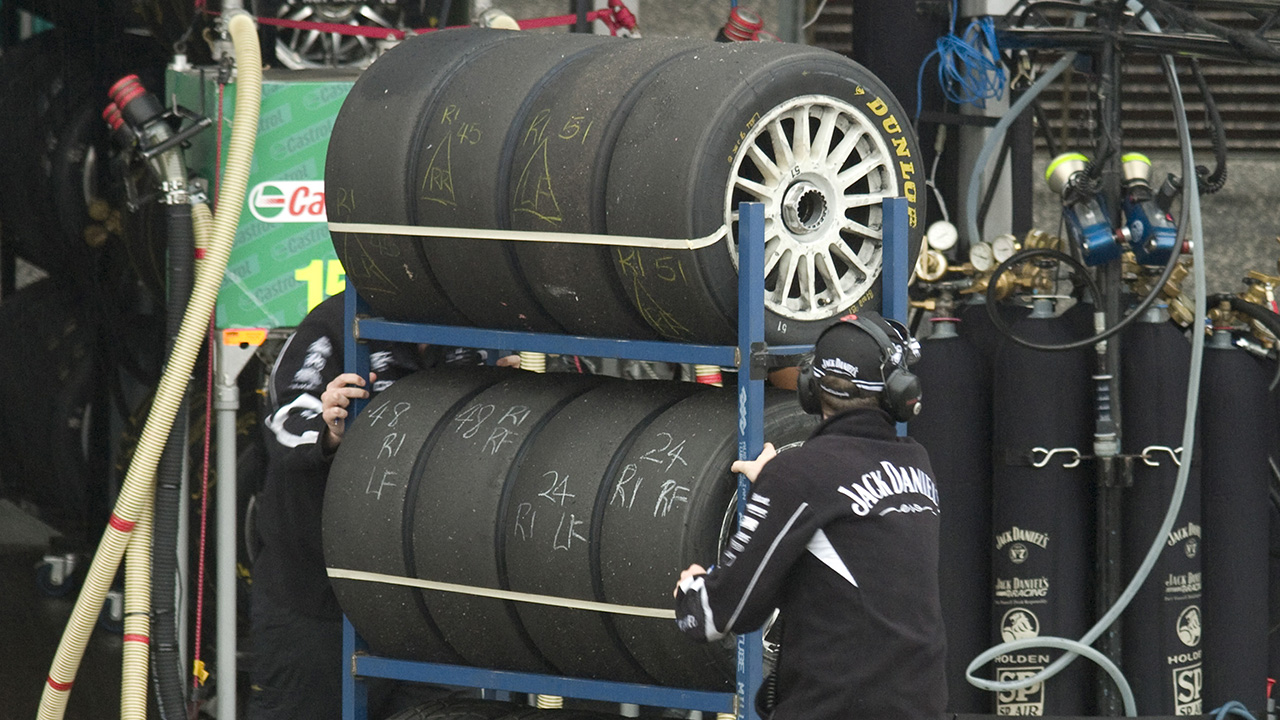
Technological Advancements
The future of drag racing tires holds exciting possibilities. As technology advances, we can expect to see further improvements in tire materials and design. Innovations such as new rubber compounds and advanced manufacturing techniques could enhance tire performance, allowing for even greater levels of traction and control. These advancements may change the role of wrinkling in drag racing, offering new opportunities for teams to optimize their setups.
Manufacturers are continually exploring ways to push the boundaries of tire technology. For example, Goodyear’s recent efforts in developing new tire compounds for other motorsports could provide insights into future drag racing tire designs. As these innovations emerge, they have the potential to revolutionize the way teams approach tire wrinkling and performance optimization.
Sustainability and Safety
As the motorsport industry moves towards sustainability, drag racing is no exception. Efforts are underway to develop more environmentally friendly tire options without compromising performance. These initiatives aim to reduce the environmental impact of tire production and disposal, ensuring a more sustainable future for the sport.
Safety remains a top priority in tire design, as failures during high-stress conditions can have serious consequences. Manufacturers are continually working to enhance the safety of drag racing tires, incorporating features that prevent blowouts and other failures. By prioritizing both sustainability and safety, the future of drag racing tires looks promising, with innovations set to enhance performance while minimizing risks.
Like Fast Lane Only’s content? Be sure to follow us.
Here’s more from us:
*Created with AI assistance and editor review.

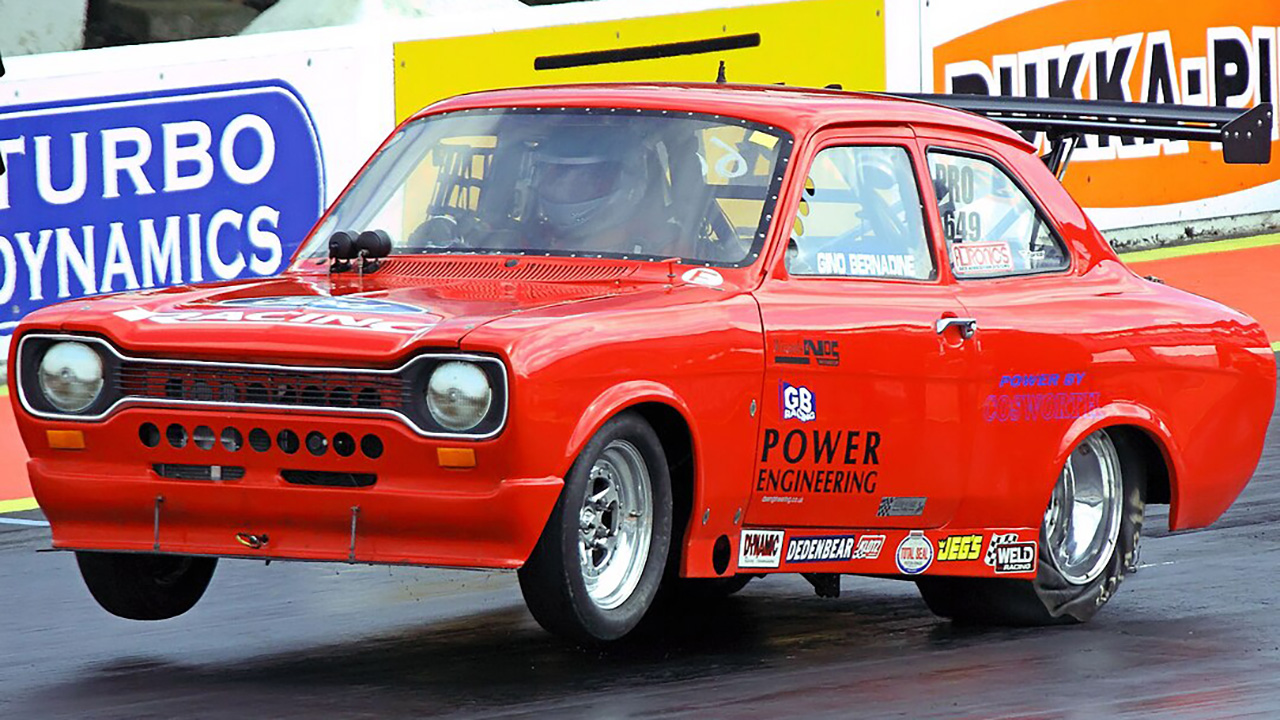

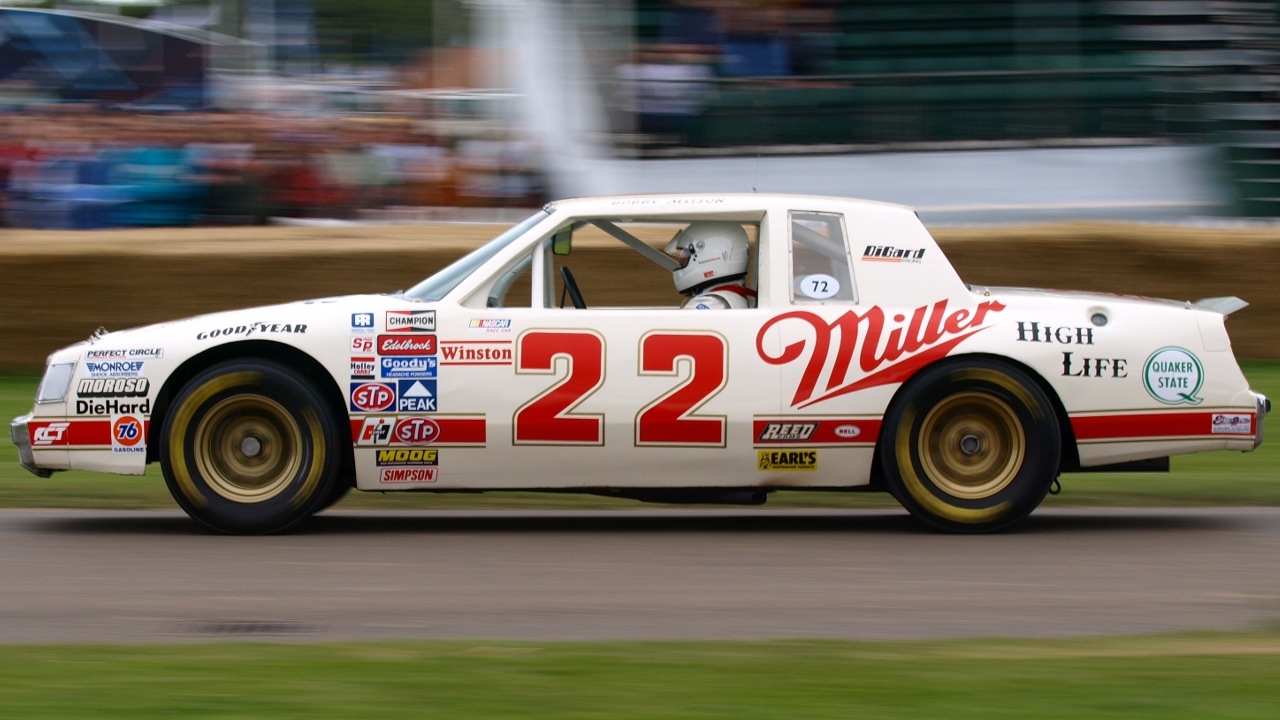
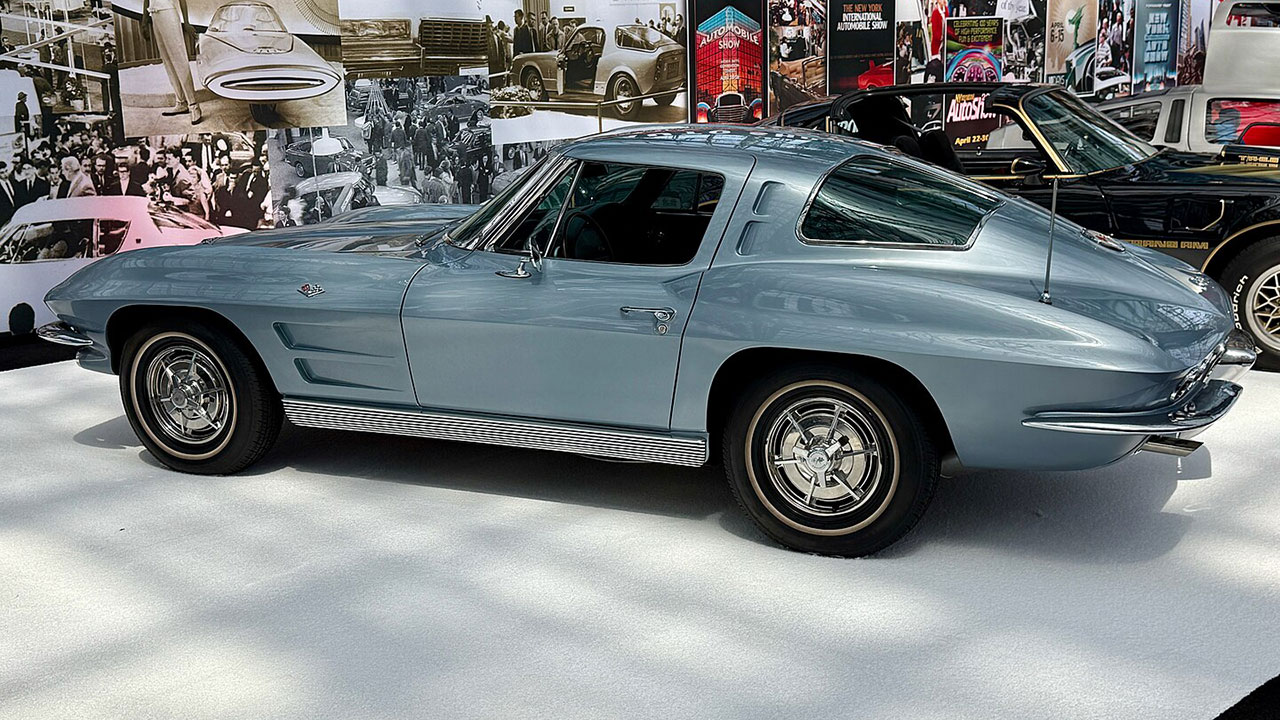


Leave a Reply